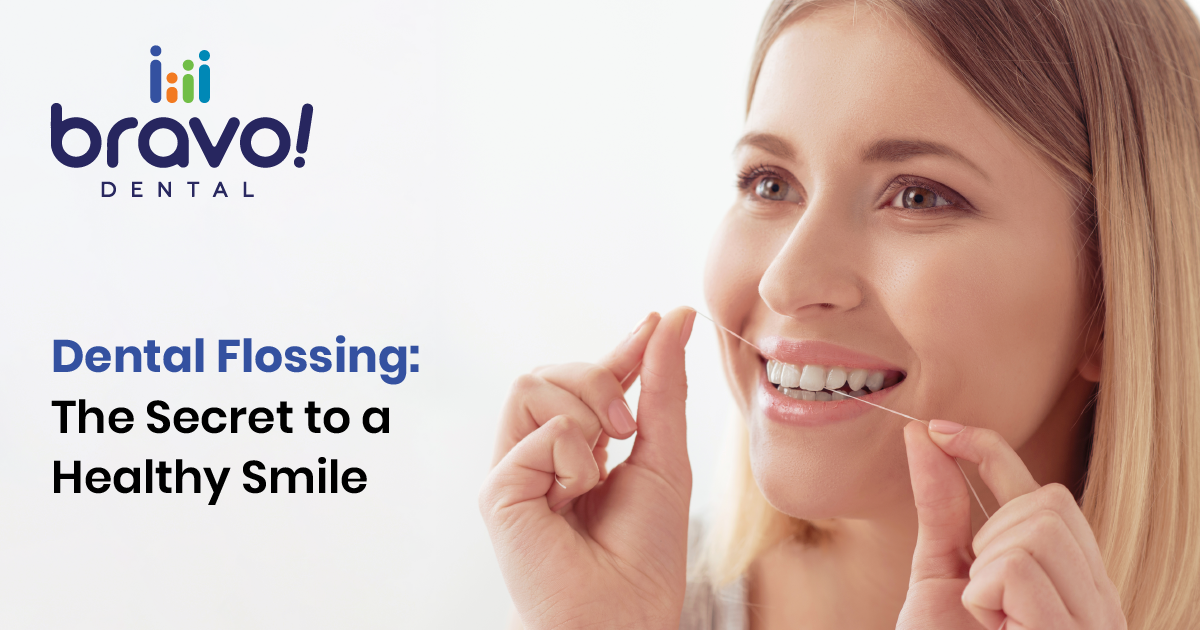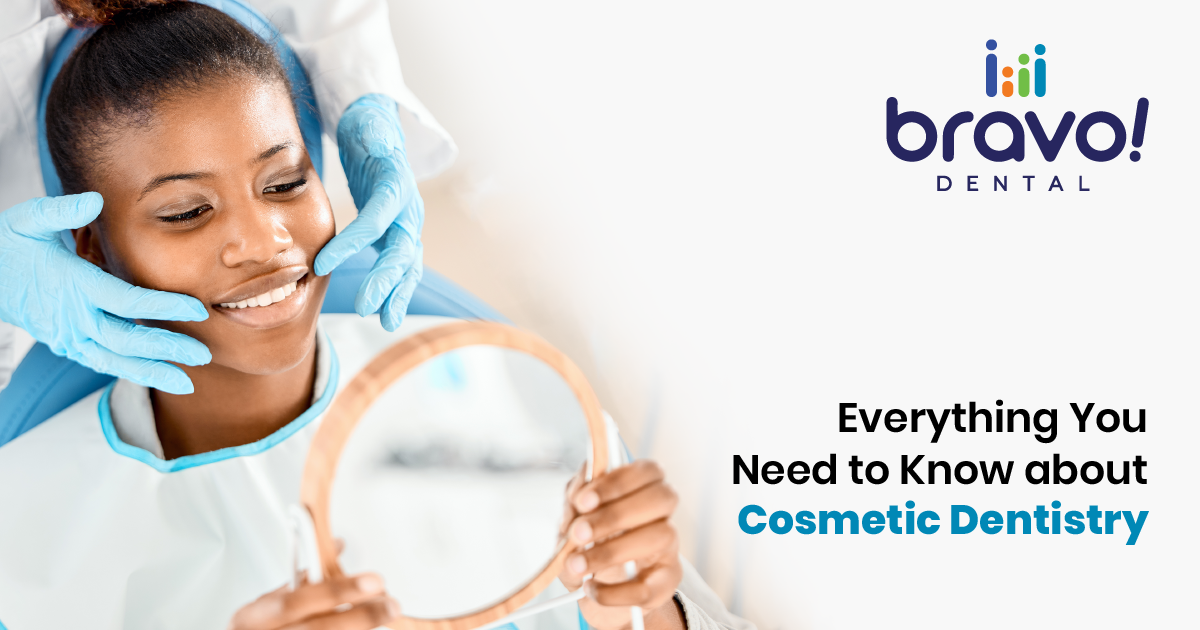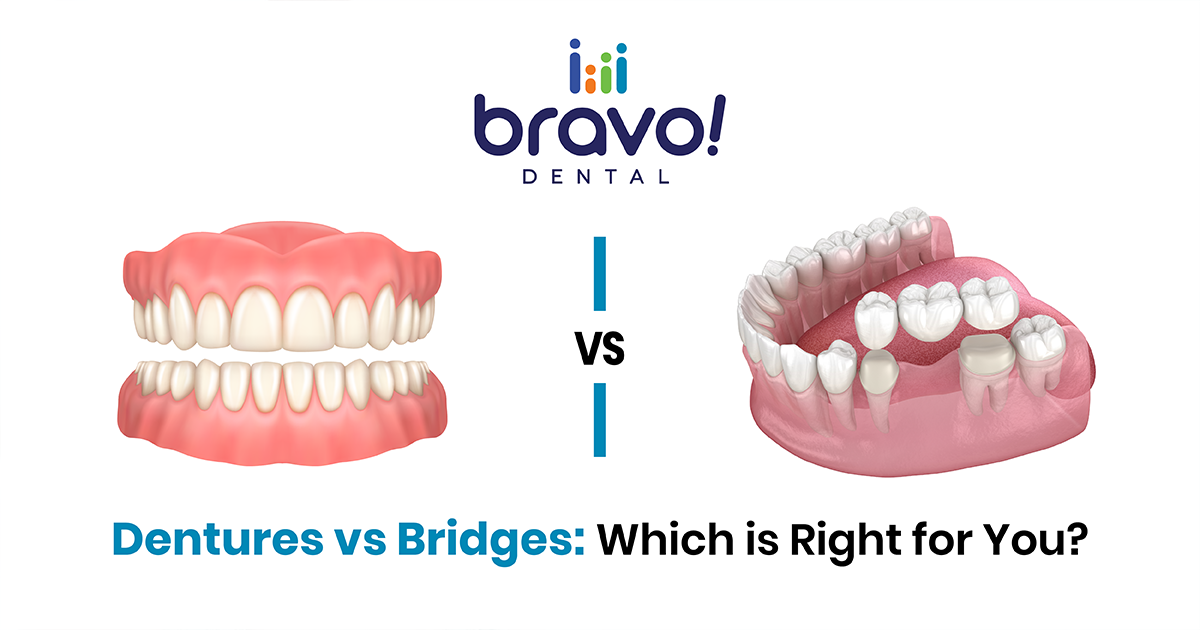
As kids, we were taught that brushing our teeth twice a day is essential for good oral hygiene. But did you know that dental flossing is just as important? Research highlights the winning combination: flossing plus toothbrushing significantly reduces mild gum disease (gingivitis) and plaque buildup, surpassing brushing alone. While brushing cleans 60% of plaque and tartar, flossing tackles the remaining 40% in hard-to-reach spots, leaving your teeth fresh and sparkling. It completes your oral routine. Flossing helps remove plaque and food particles from between your teeth, where your toothbrush can’t reach. It also helps prevent gum disease, which can lead to tooth loss and other health problems. So, if you’re not flossing regularly, it’s time to start!
Benefits of Flossing
Flossing is a crucial part of your oral hygiene routine because it:
- Helps remove food particles and plaque between teeth and along the gum line, where your toothbrush cannot reach.
- Removes microorganisms that cause bad breath.
- Reaches the plaque from below the gum line, which can erode tooth enamel and form tartar.
- Reduce your chances of getting cavities.
- Reduces the possibility of gum discomfort, puffiness, and unattractive redness.
- Aids in the prevention of gingivitis, which can lead to periodontitis.
How to Floss Properly?
Flossing can be tricky at first, but it’s easy once you get the hang of it. Here’s how to do it:
- Start with about 18 inches of floss: Wind most of the floss around one of your middle fingers and the rest around the same finger on your other hand. This will give you a good grip on the floss.
- Hold the floss tightly: Use your thumbs and forefingers to hold the floss tightly between your teeth.
- Gently slide the floss between your teeth: Use a gentle back-and-forth motion to guide the floss between your teeth. Don’t snap the floss into your gums, which can cause bleeding and pain.
- Curve the floss around each tooth: Once the floss is between your teeth, curve it into a C-shape around the base of each tooth. Use an up-and-down motion to remove plaque and food particles.
- Use a fresh section of floss for each tooth: Don’t reuse the same section of floss for multiple teeth, as this can spread bacteria around your mouth.
When to Floss?
Ideally, you should floss at least once daily, preferably before brushing your teeth. This will help remove any food particles and plaque from between your teeth, making it easier for your toothbrush to clean the surfaces of your teeth. Flossing before bed is also a good idea, as it removes any food particles that may have accumulated during the day.
Types of Floss
- Threads that are waxed and unwaxed (the most popular types).
- Super floss (especially useful for people who have orthodontic braces, bridges, or large gaps between their teeth).
- Floss picks (ideal for traveling or flossing while on the road).
- Air flossers (which use air pressure to remove debris from between the teeth).
- Water flosser (flush out the dirt between teeth with water pressure).
- Flavored and unflavored (to make flossing even more enjoyable).
Conclusion
Maintaining a proper dental routine is important for a healthy lifestyle, and flossing is one of the major oral best practices. And if you’d like to know more about flossing or dental best practices, talk to our dental experts at Bravo! Dental today.
happy to hear from you, contact us
Fill out the contact form below and Feel free to send any question or query.




